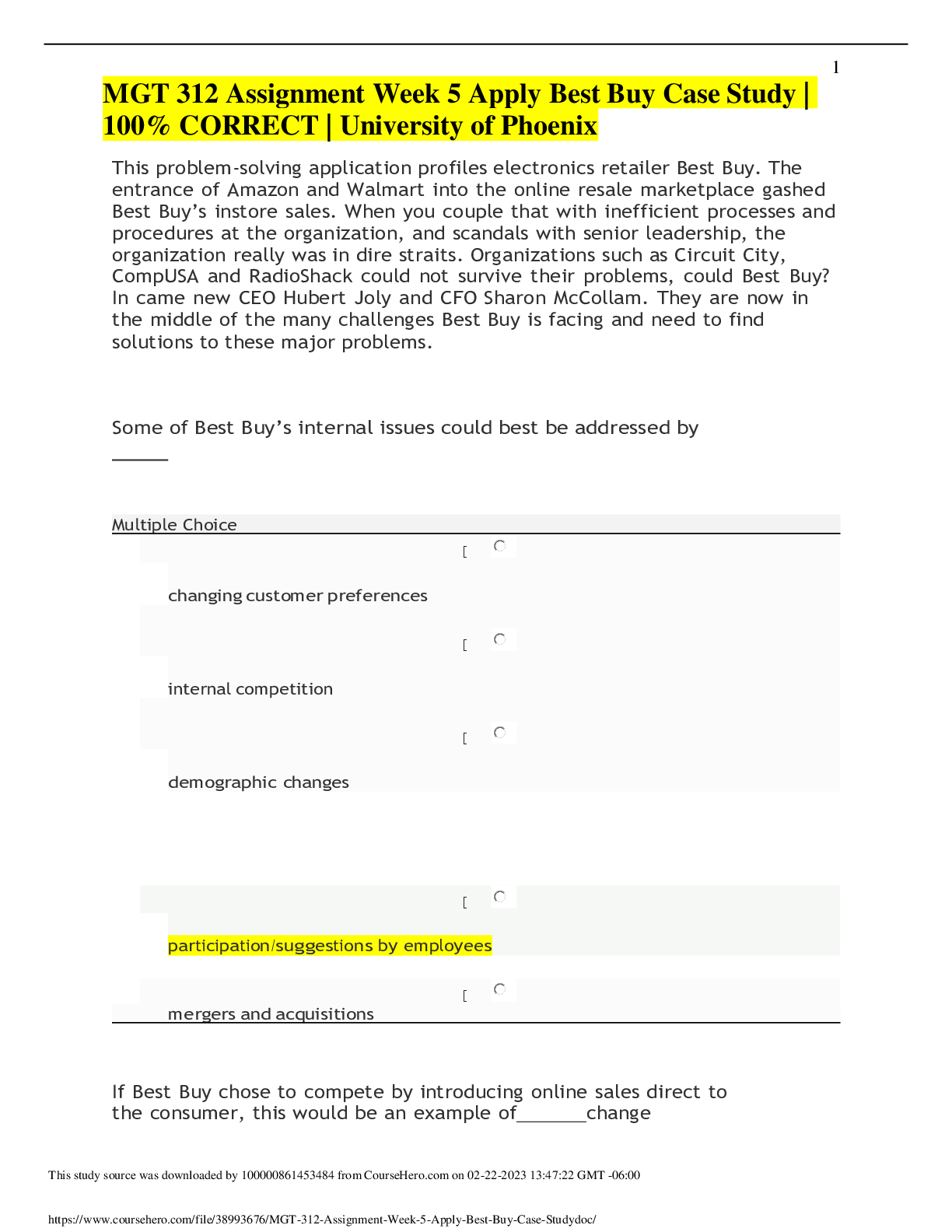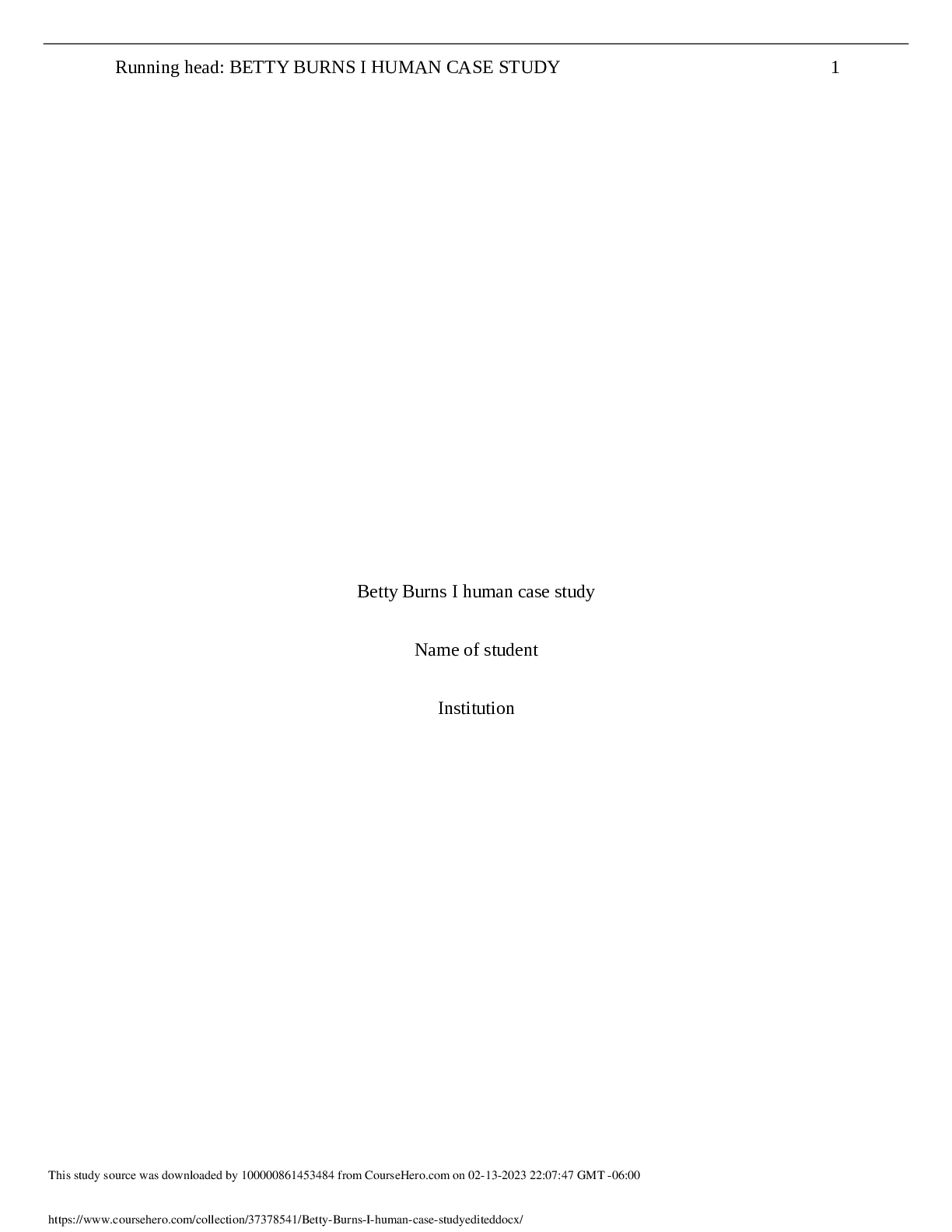*NURSING > CASE STUDY > HTN Keith RN Mike Kelly Case Study | RAPID Reasoning - STUDENT (All)
HTN Keith RN Mike Kelly Case Study | RAPID Reasoning - STUDENT
Document Content and Description Below
HTN Keith RN Mike Kelly Case Study RAPID Reasoning Case Study-STUDENT I. Data Collection History of Present Problem: Mike Kelly is a 51 year old Caucasian male. He is 6 feet tall and weighs 2... 75 pounds (BMI 37.3) with an abnormal distribution of weight around his abdomen. He does not regularly exercise, does not like to cook, and eats fast food 3-5x during the week. He has smoked 1 pack per day since the age of 20 (31 pack years). He has no current diagnosed medical problems. He becomes concerned and came to the urgent care facility today because he is more easily fatigued and has a headache for the past 3 days that has not improved. He didn’t go to work today and that is not typical for Mike. Personal/Social History: Mike is self-employed and owns his own auto mechanic business. He currently has no health insurance. His father had hypertension and died of a myocardial infarction (MI) at the age of 50. Angelina, his wife, came with him to urgent care and shares that he is usually stoic with health problems so this must really bother him or he is afraid. He took Excedrin and Motrin for pain and it didn’t help that she gave him a dose of Castor oil since she is from Puerto Rico and that is the first thing they do for any illness in her country of origin. What data from the histories is important & RELEVANT; therefore it has clinical significance to the nurse? RELEVANT Data from Present Problem: Clinical Significance: -more easily fatigued -headache for past 3 days -BMI of 37.3 -fast food eaten 3-5x per week -smoker for the past 31 years -does not regularly exercise -self employed Etiology of essential hypertension (Ignatavicius 710) Includes: -smoking -excessive intake of sodium -obesity -physical inactivity -high stress RELEVANT Data from Social History: Clinical Significance: -father has medical history of hypertension and MI -took Excedrin, Motrin, and castor oil before coming in -family history puts him at a greater risk for a heart attack - Excedrin is a combo of Tylenol, aspirin, and caffeine (Caffeine can create tachycardia) -Castor oil relieves pain and promotes healing used culturally, more useful for open wounds -Motrin is a NSAID as well that thins the blood (Prescription) II. Patient Care Begins: Current VS: WILDA Pain Scale (5th VS) T: 98.9 (oral) Words: Ache P: 88 (regular) Intensity: 8/10 R: 20 Location: Global head ache BP: 220/118 Duration: Continuous O2 sat: 95% RA Aggravate: Alleviate: Nothing Nothing What VS data is RELEVANT that must be recognized as clinically significant to the nurse? RELEVANT VS Data: Clinical Significance: -BP 220/118 Pain: Ache, 8/10 Headache Continuous -BP over 140/90 is suggestive of hypertension for ages under 60 (Swearingin 179) -the headache pain can be an indicator of a hypertensive urgency or crisis (Ignatavicius 718) Current Assessment: GENERAL APPEARANCE: Appears uncomfortable RESP: Breath sounds clear with equal aeration bilaterally, non-labored respiratory effort CARDIAC: Pink, warm & dry, no edema, heart sounds regular with no abnormal beats, pulses bounding, equal with palpation at radial/pedal/post-tibial landmarks NEURO: Alert & oriented to person, place, time, and situation (x4) GI: Abdomen soft/nontender, bowel sounds audible per auscultation in all four quadrants GU: Voiding without difficulty, urine clear/yellow SKIN: Skin integrity intact What assessment data is RELEVANT that must be recognized as clinically significant to the nurse? RELEVANT Assessment Data: Clinical Significance: - - - -- - - - - - - - - - - - - - - -Came in with complaints of being more easily fatigued and has had a headache for the last 3 days. Father has a history of hypertension and MI Assessment: Most recent vital signs: T: 98.6 P: 82 R:16 BP:176/104 O2 sat: 96% RA Pulse is still bounding but pain is down to a 3/10 from an 8/10 Blood pressure is at a steady decline with IV labetalol Recommendation: Reassess pulse and BP on a regular basis. Push IV labetalol Q15 minutes until BP is <160/100 Watch for complications such as chest pain Perform a repeat ECG Assess for signs of hypotension V. Education Priorities/Discharge Planning: 1. What will be the most important discharge/education priorities you will reinforce with their medical condition to prevent future readmission with the same problem? Lifestyle changes are the most important in maintaining hypertension 2. What are some practical ways you as the nurse can assess the effectiveness of your teaching with this patient? They verbalize a plan for lifestyle changes. Such as -exercise three times per week -low sodium diet -take antihypertensive medications -lower stress -monitor BP regularly -watch for cardiac complications such as pain in your chest -keep up with regular doctors’ appointments -quit smoking VI. Caring and the “Art” of Nursing: 1. What is the patient likely experiencing/feeling right now in this situation? He is most likely feeling overwhelmed and anxious, this is a big wake up call for him if he doesn’t want to have a heart attack he needs to change his lifestyle. It is hard to change your lifestyle if you have formed habits. With support, he may be successful. 2. What can you do to engage yourself with this patient’s experience, and show that he/she matters to you as a person? You can show empathy for them and put yourself in their shoes. Validation is huge as it can show the patient that they really matter to you and that you are doing everything you can to ensure their comfort and wellbeing. References Ignatavicius, D. D., & Workman, M. L. (2013). Medical-surgical nursing: Patient-centered collaborative care. St. Louis: Elsevier Saunders. Lab Values: Cheat sheet. (n.d.). Allen's College. Retrieved February 9, 2017, from https://www.allencollege.edu/filesimages/Current%20Students/Academic%20Resources/lab%20values%20cheat%20sheet.pdf Prescription Drug Information, Interactions & Side Effects. (n.d.). Retrieved from https://www.drugs.com/ Skidmore-Roth, L. (2017). Mosby's 2017 nursing drug reference. St. Louis, MO: Elsevier. Swearingen, P. L. (2016). All-in-one nursing care planning resource: Medical-surgical, pediatric, maternity, and psychiatric-mental health. St. Louis, MO: Elsevier. [Show More]
Last updated: 1 year ago
Preview 1 out of 21 pages
Instant download
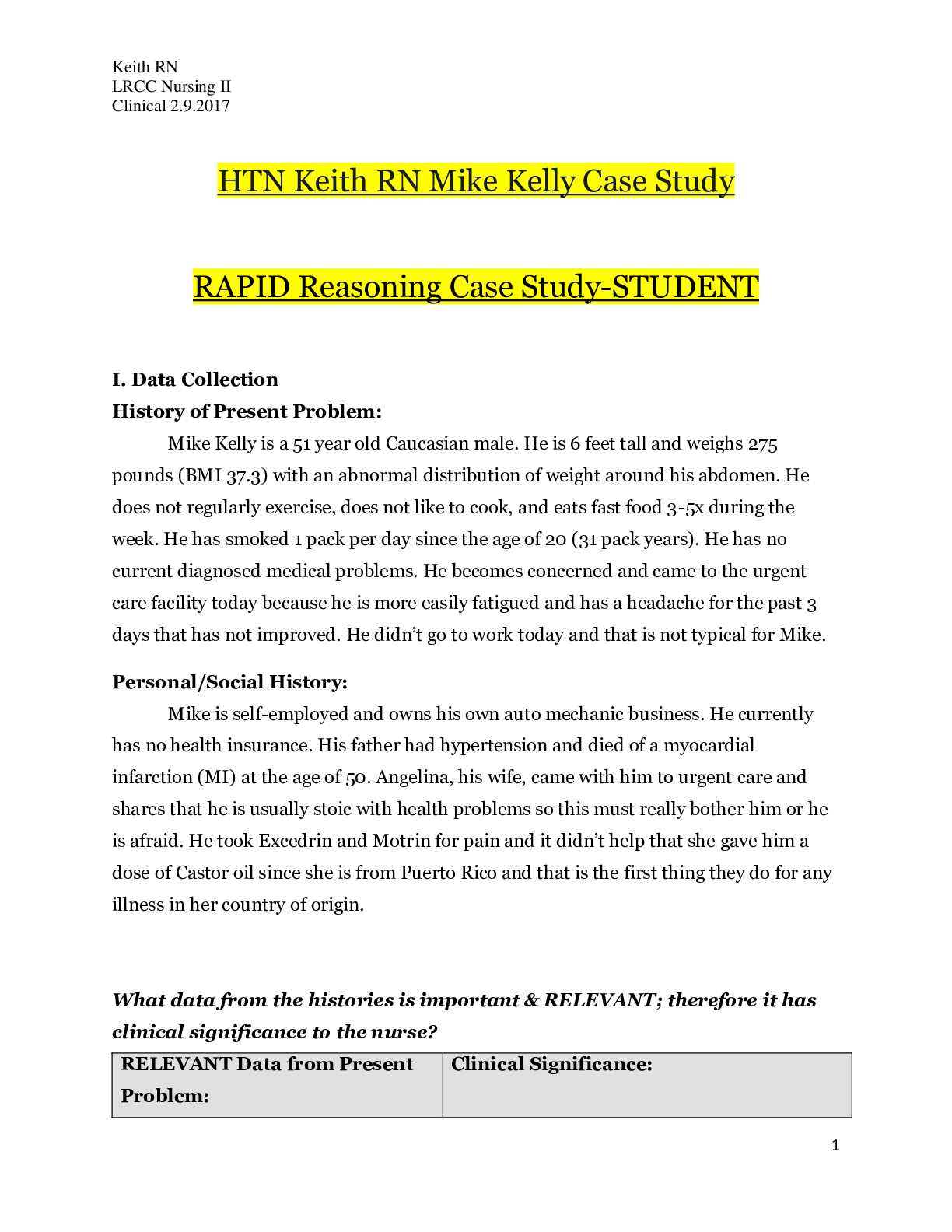
Instant download
Reviews( 0 )
Document information
Connected school, study & course
About the document
Uploaded On
Feb 21, 2021
Number of pages
21
Written in
Additional information
This document has been written for:
Uploaded
Feb 21, 2021
Downloads
0
Views
99

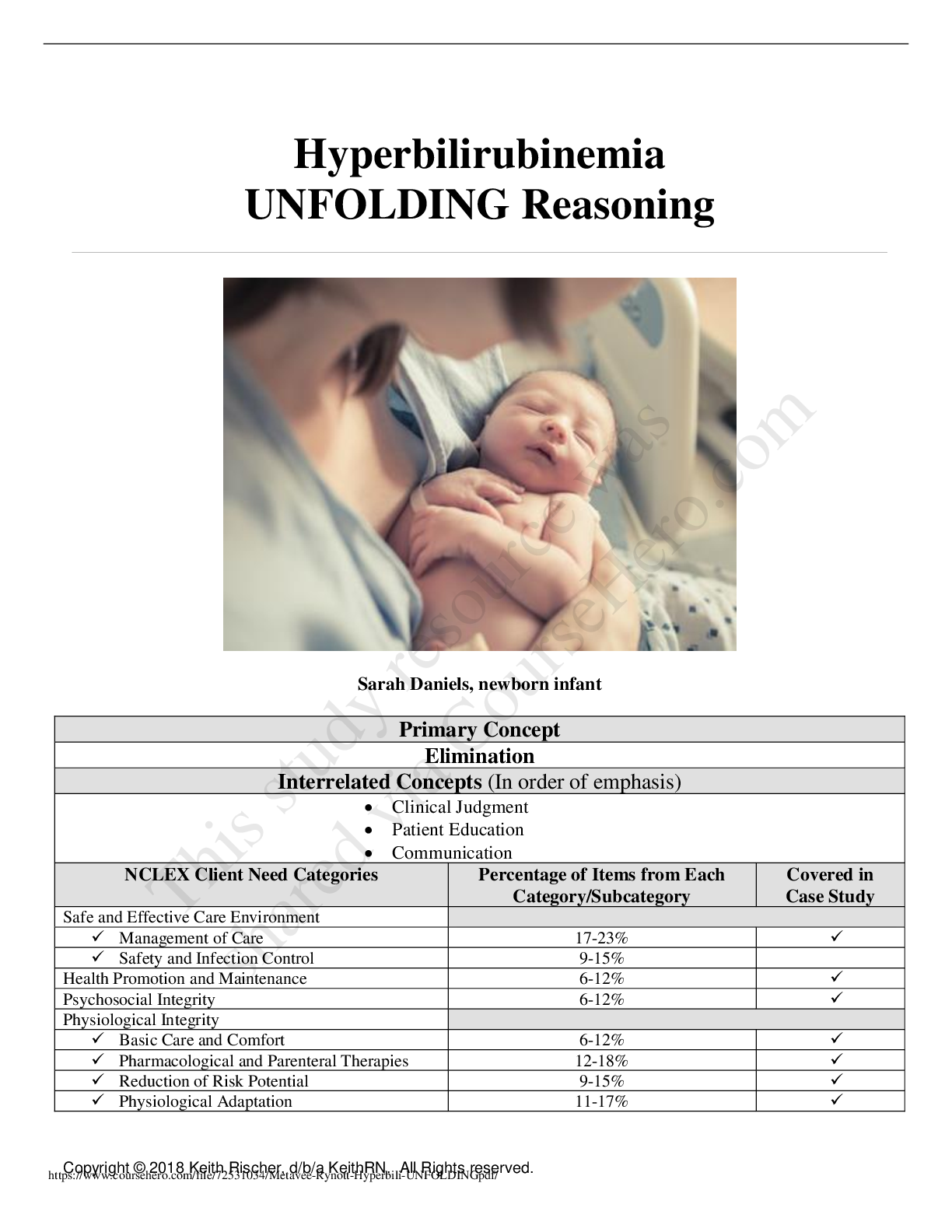
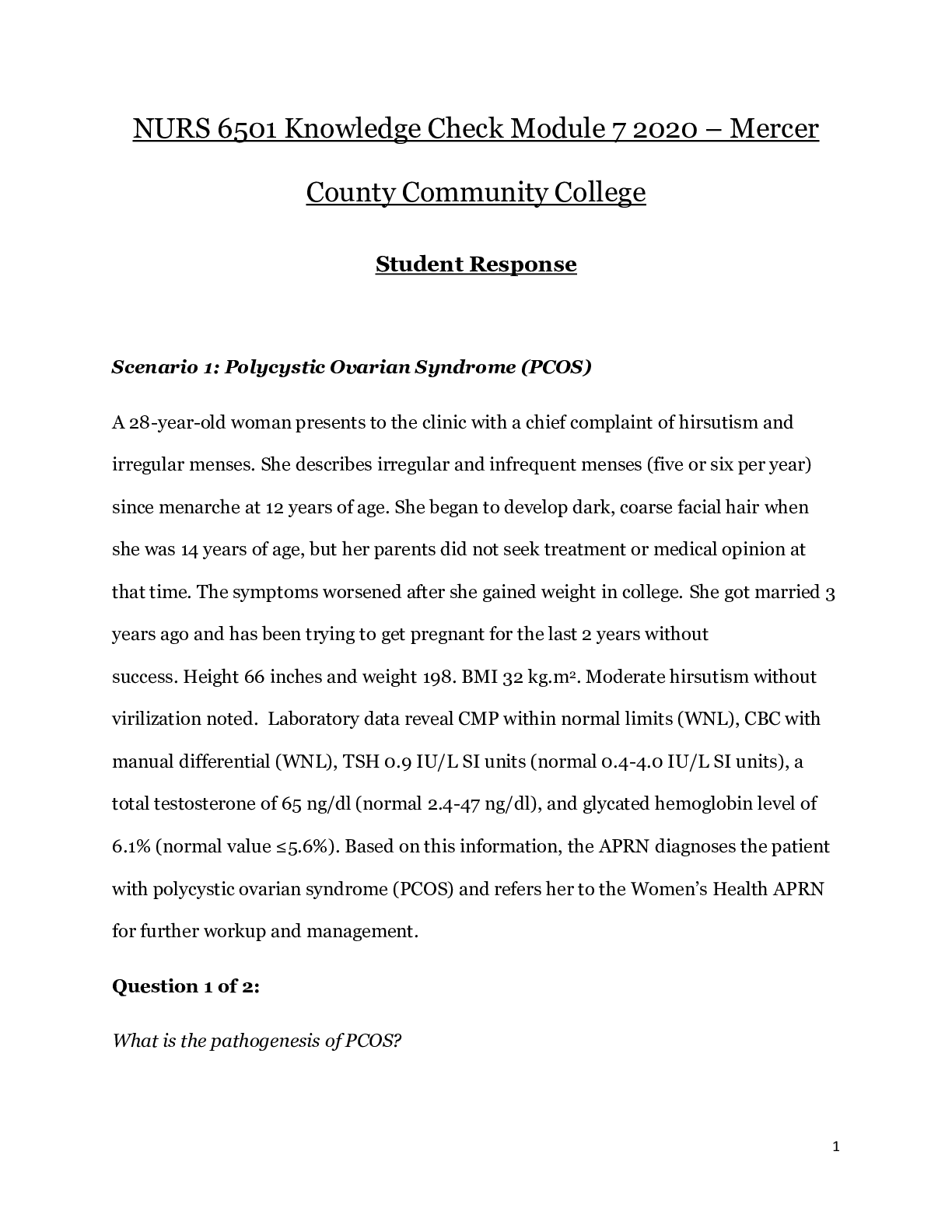
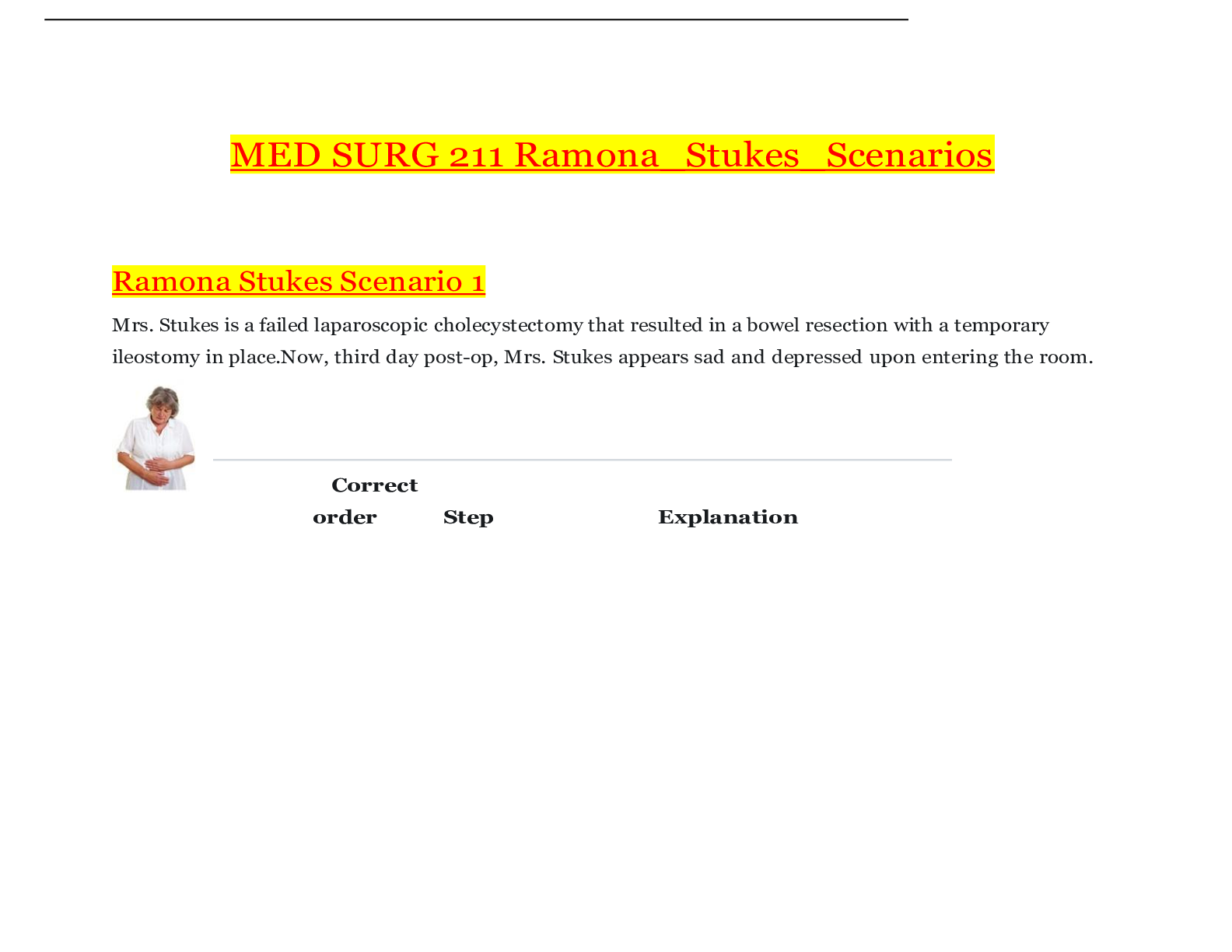

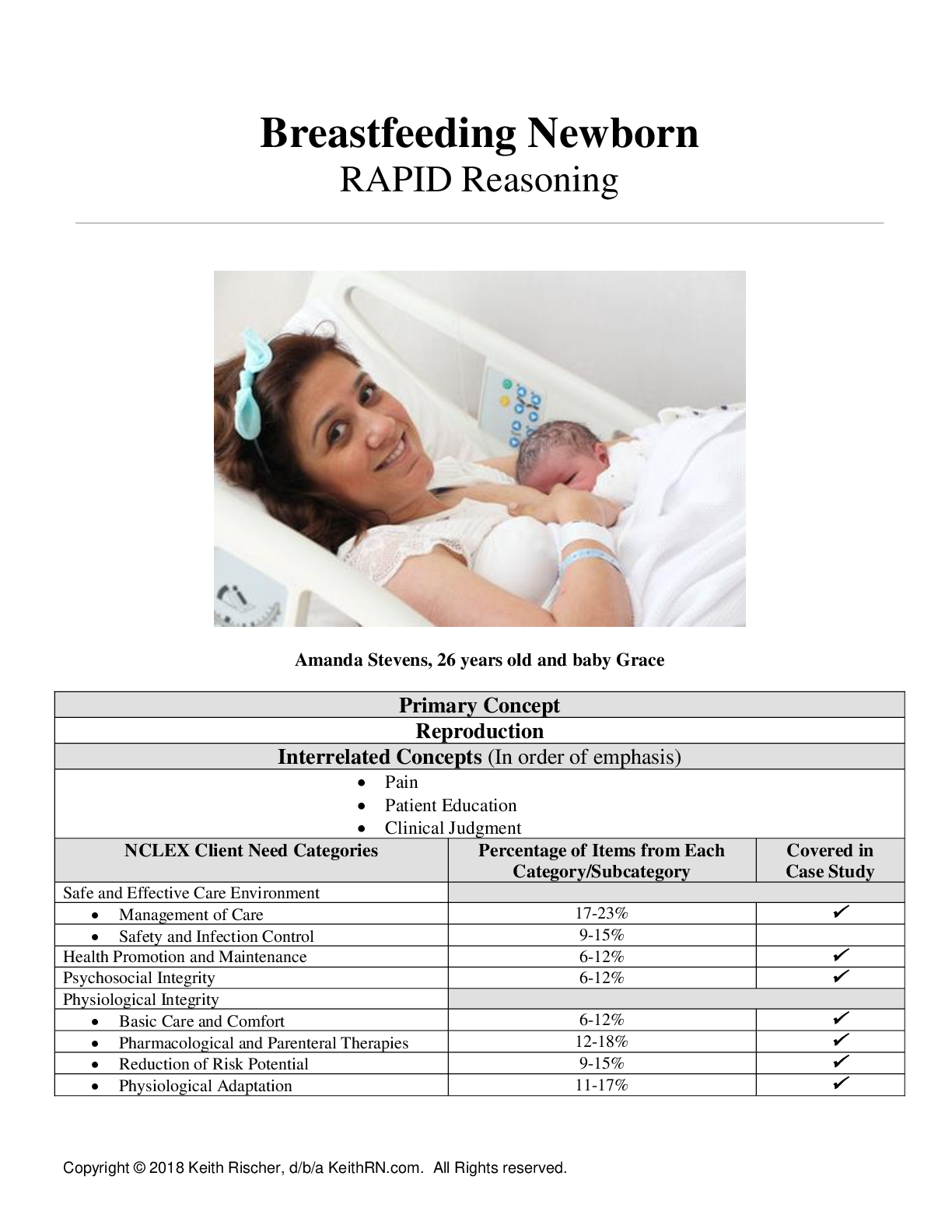


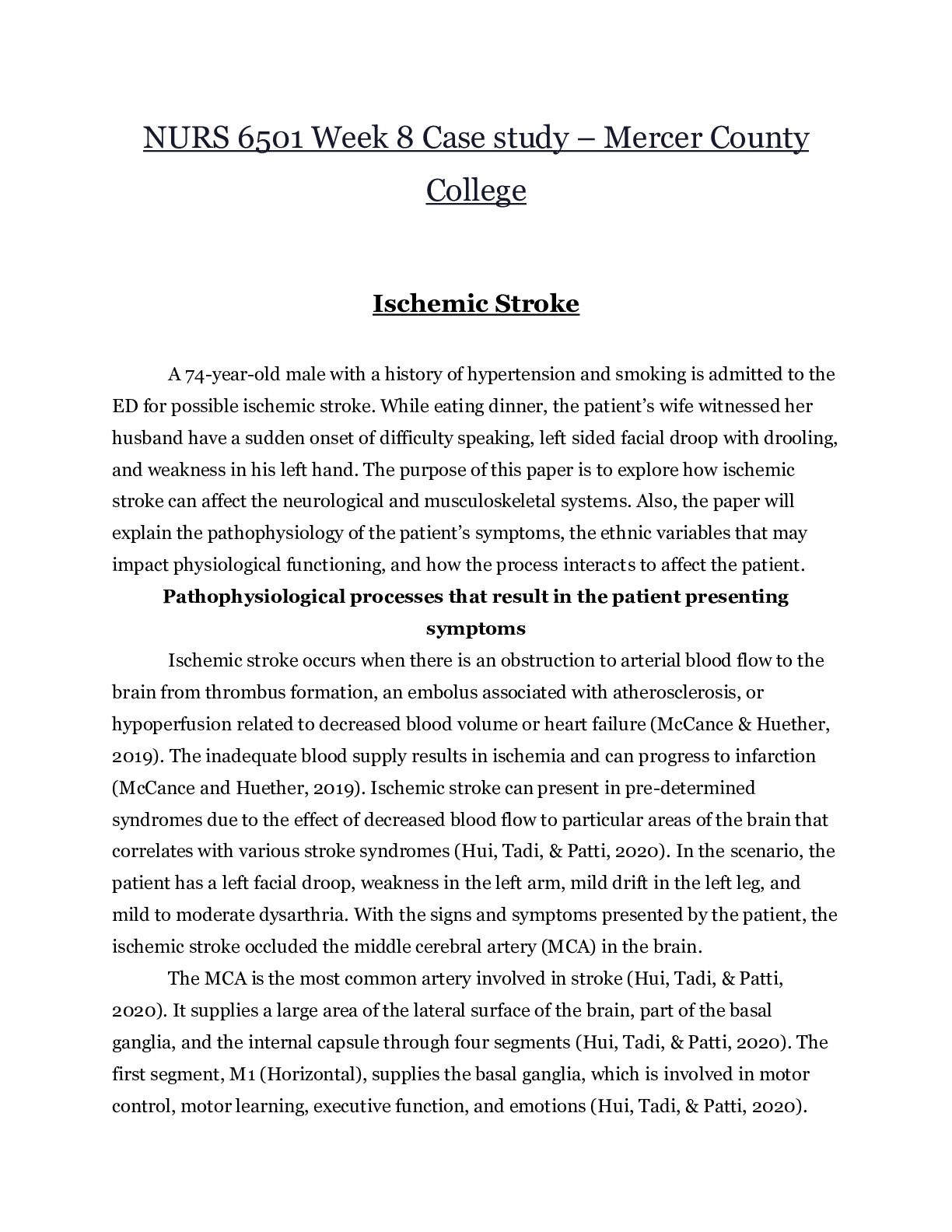
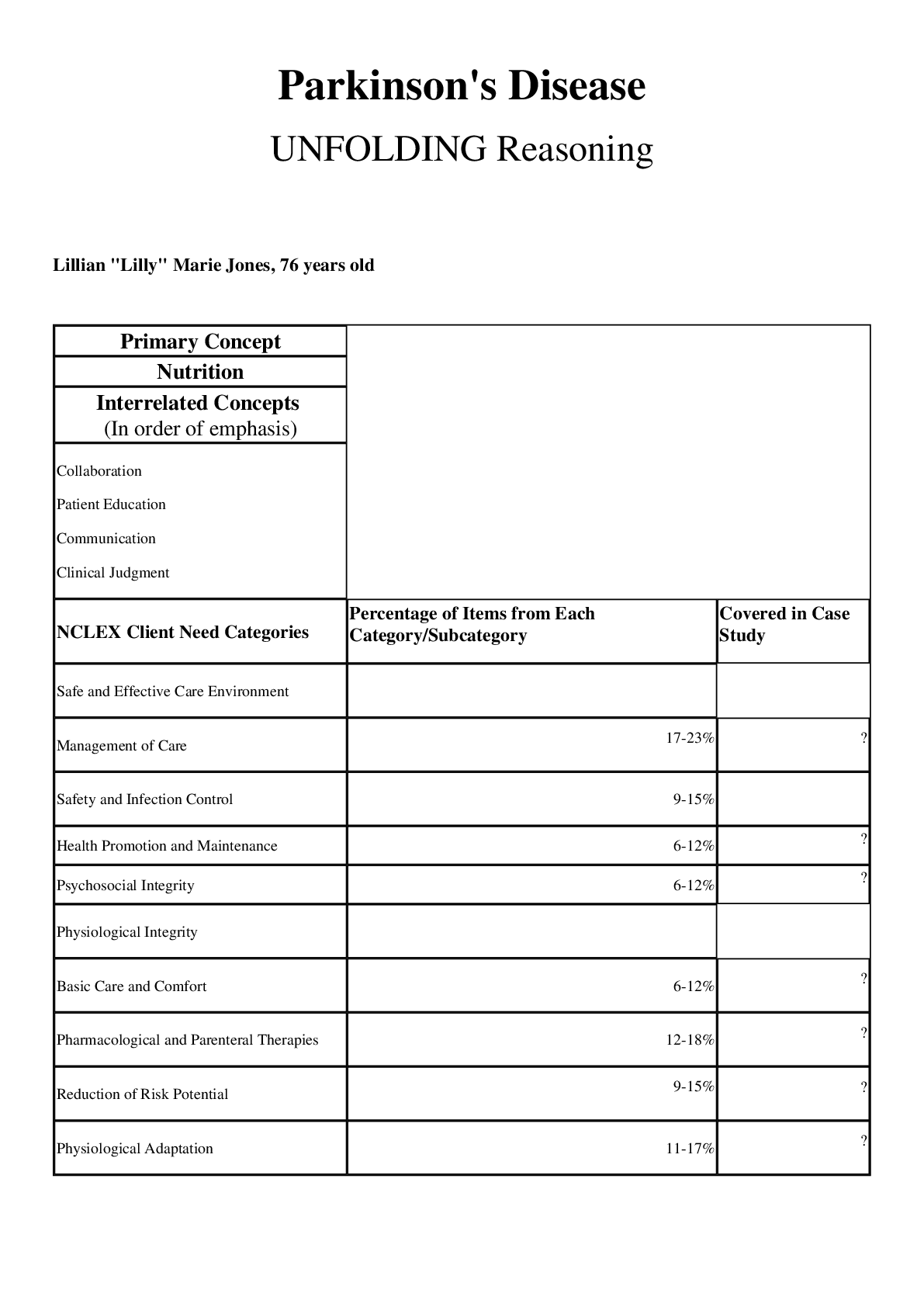
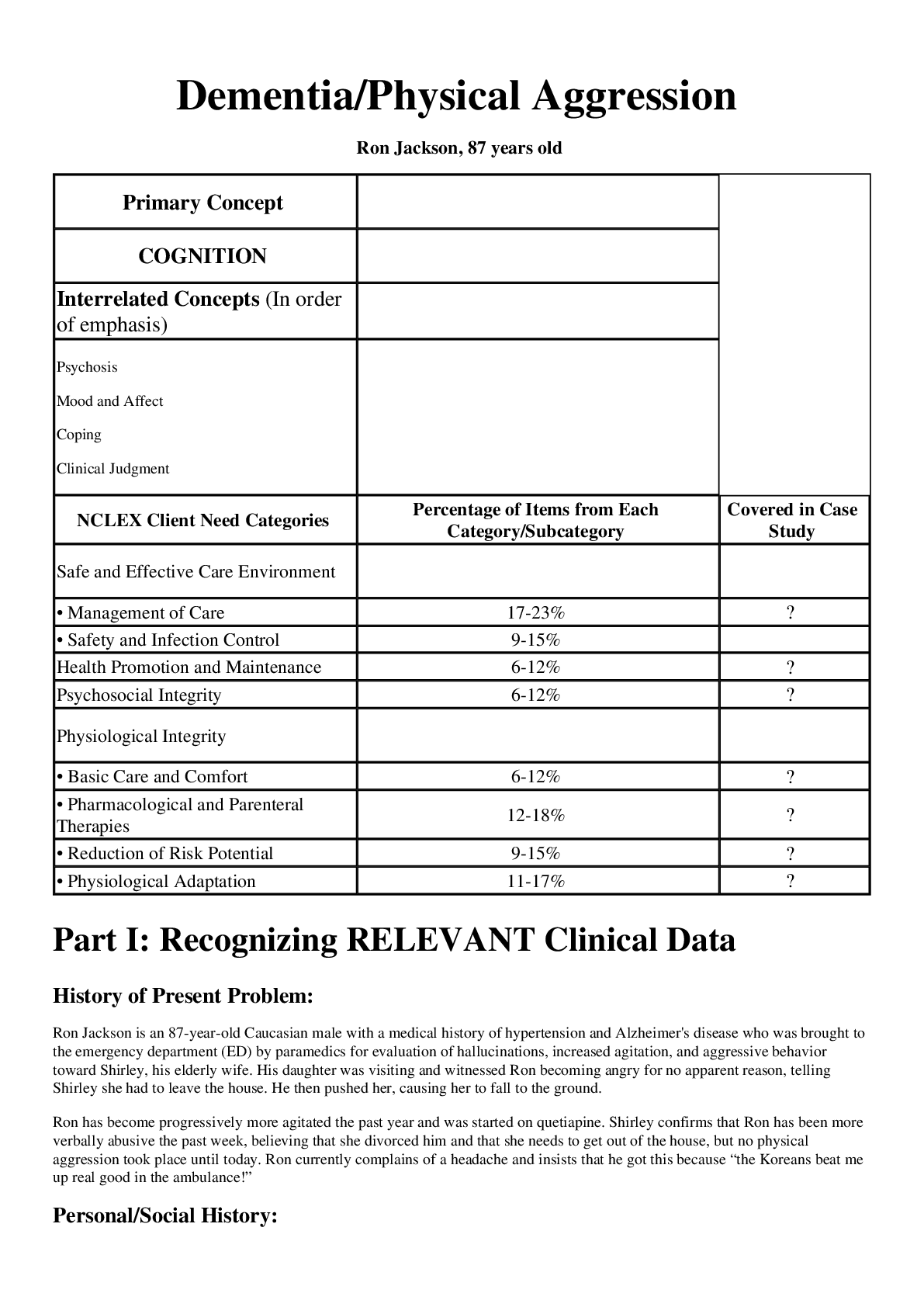
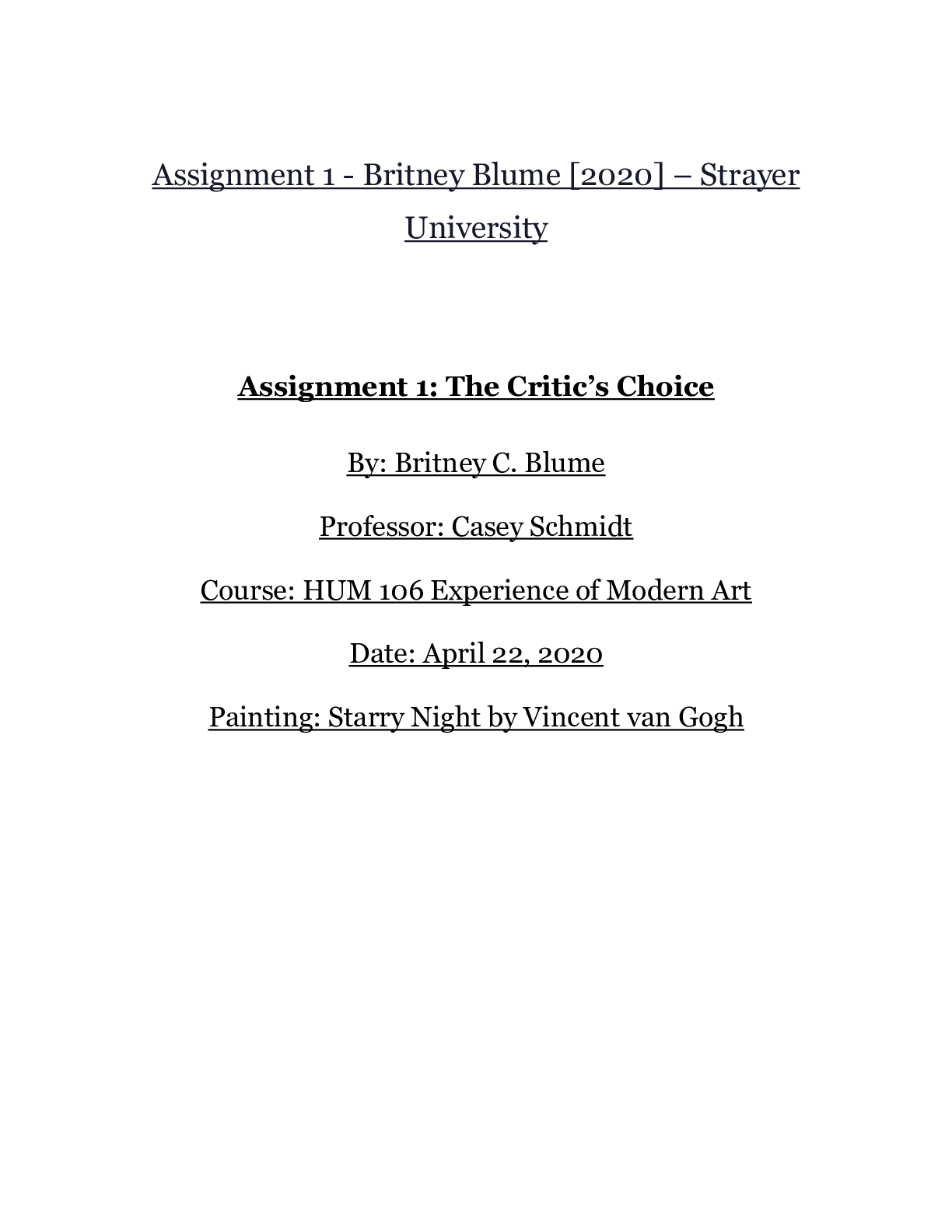
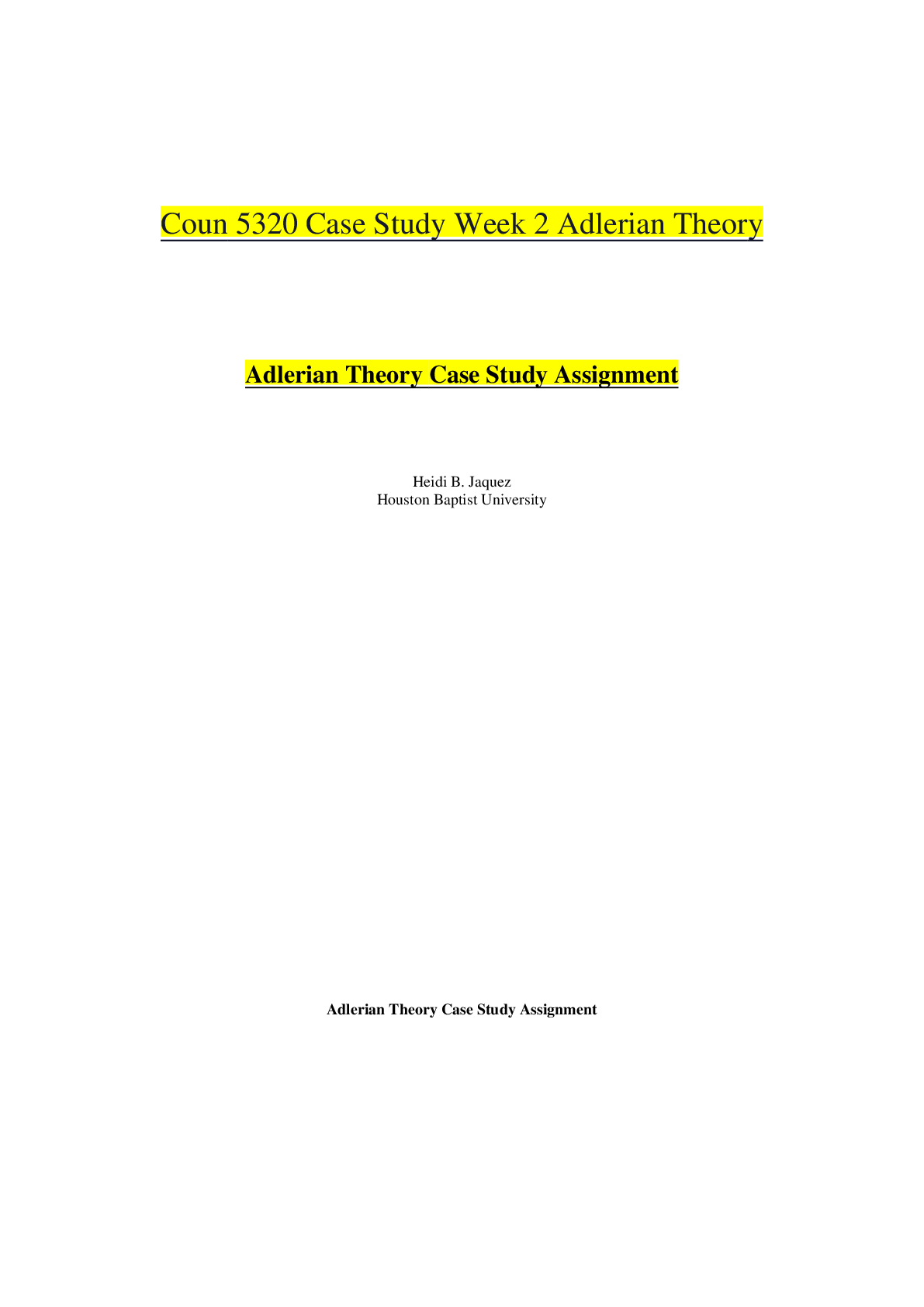


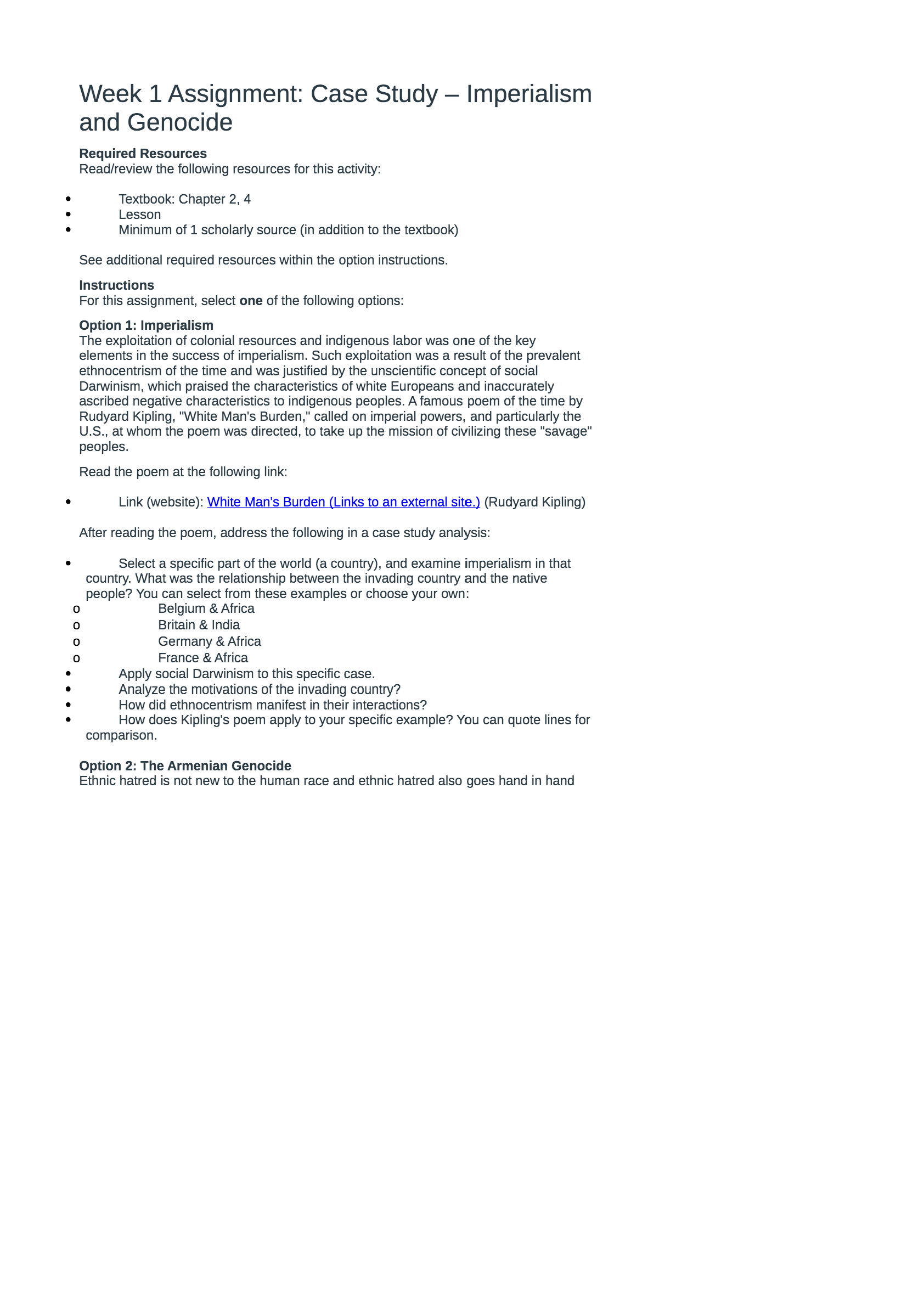


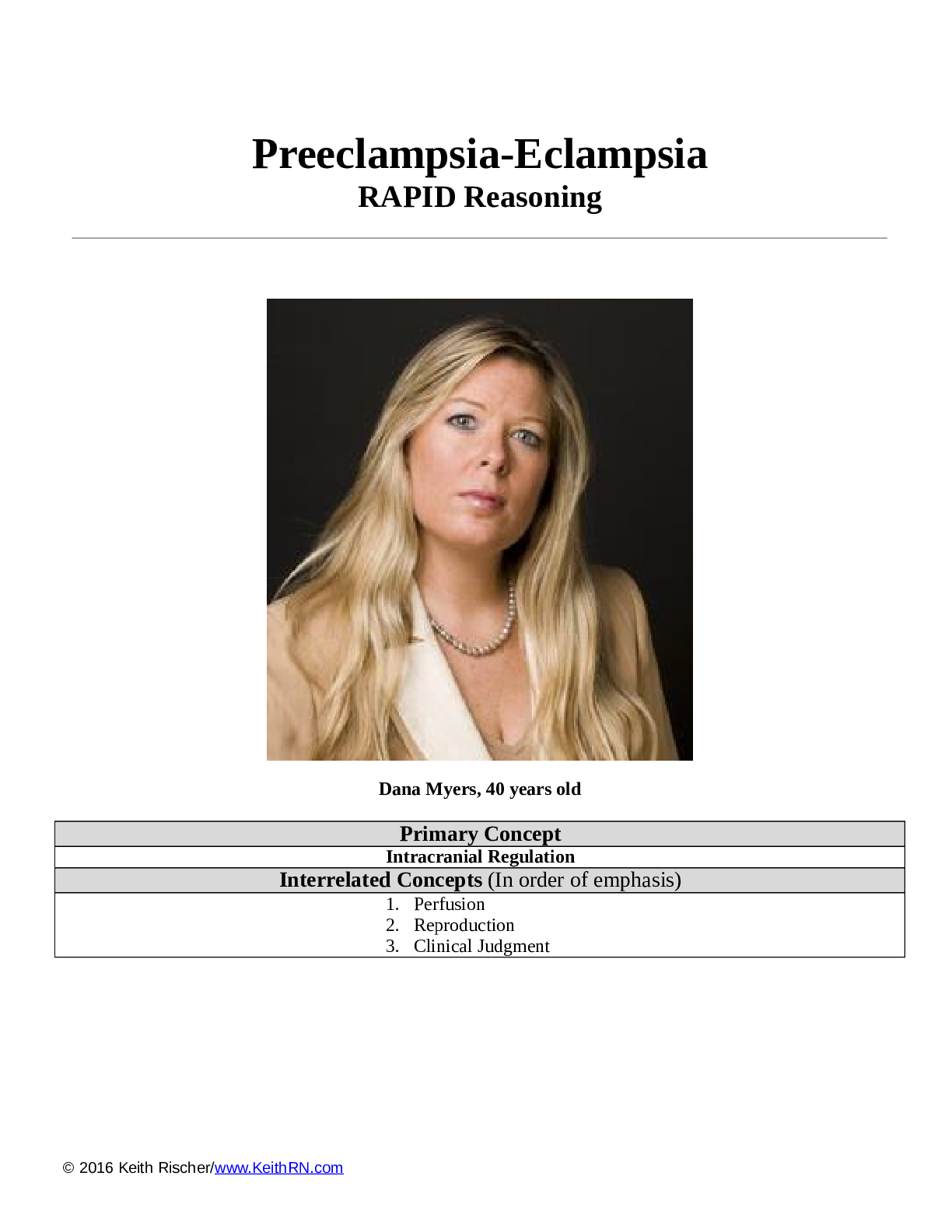
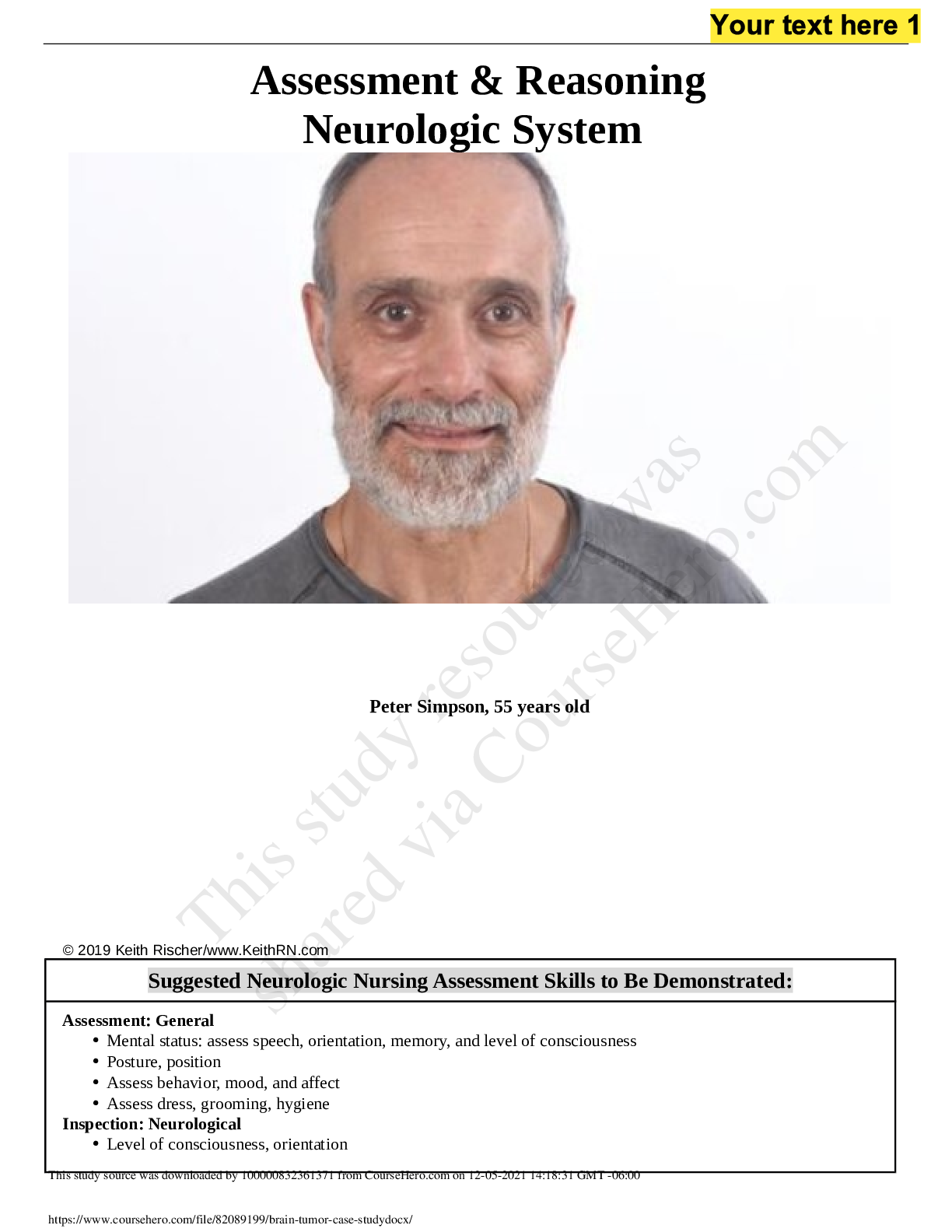
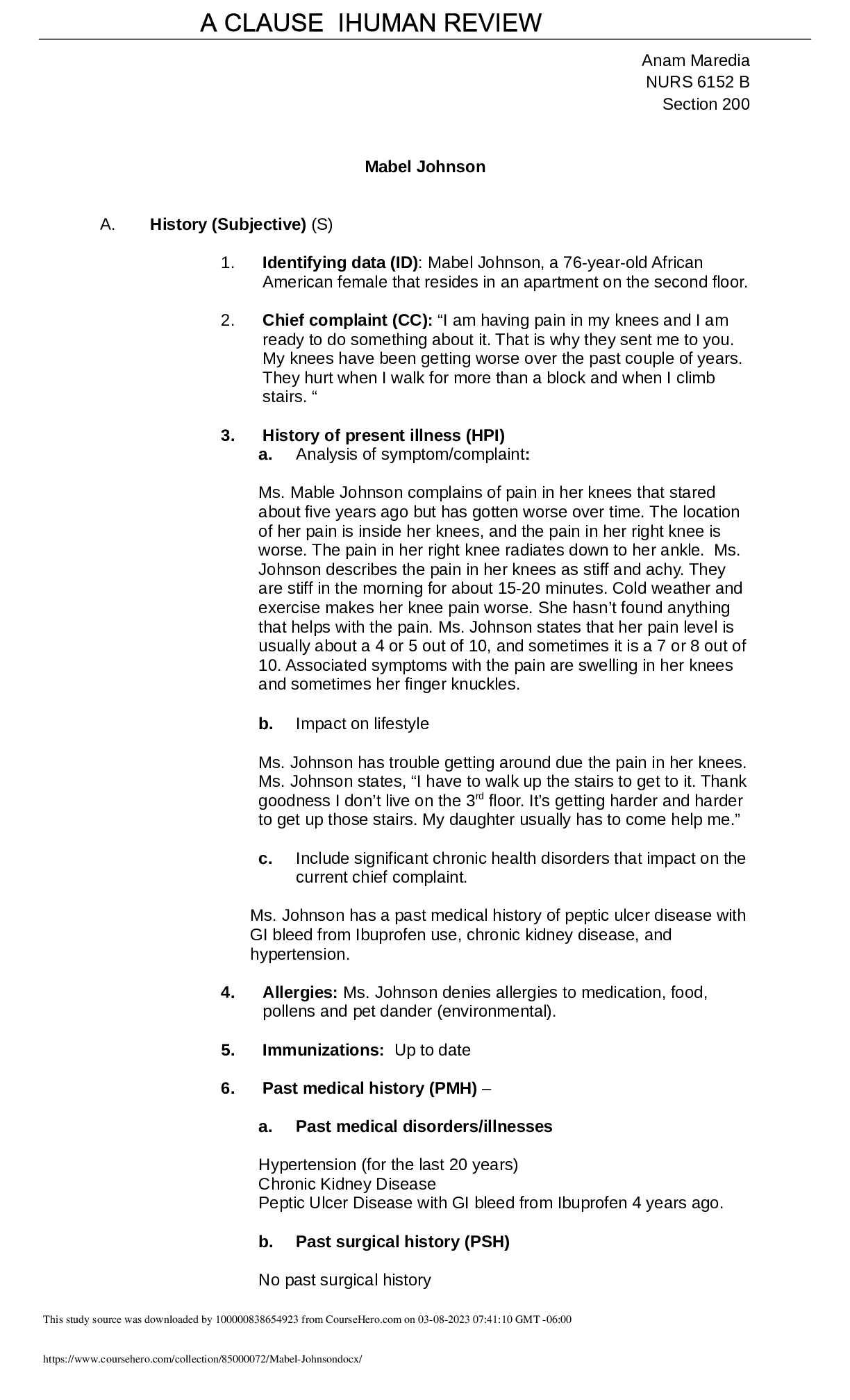
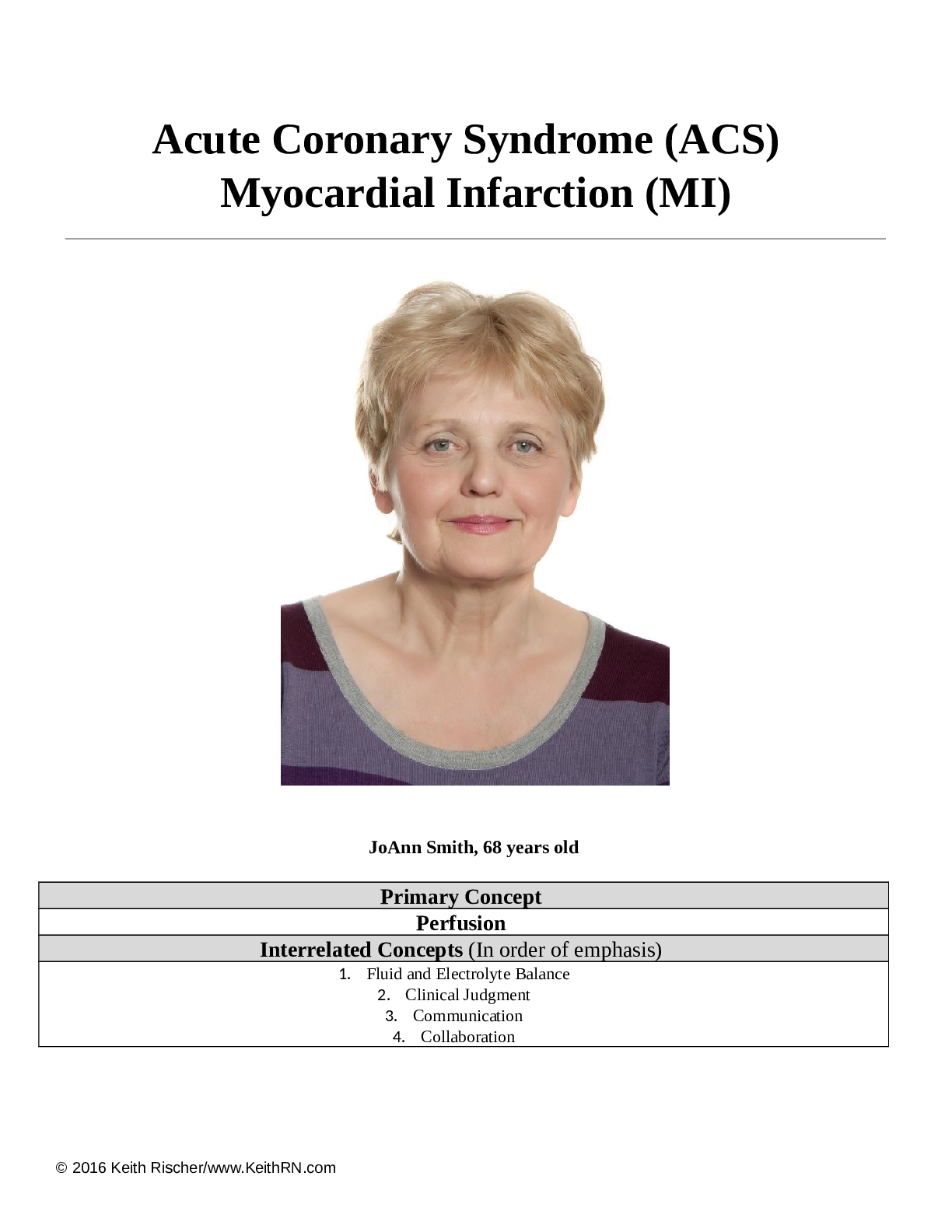
 (1).png)
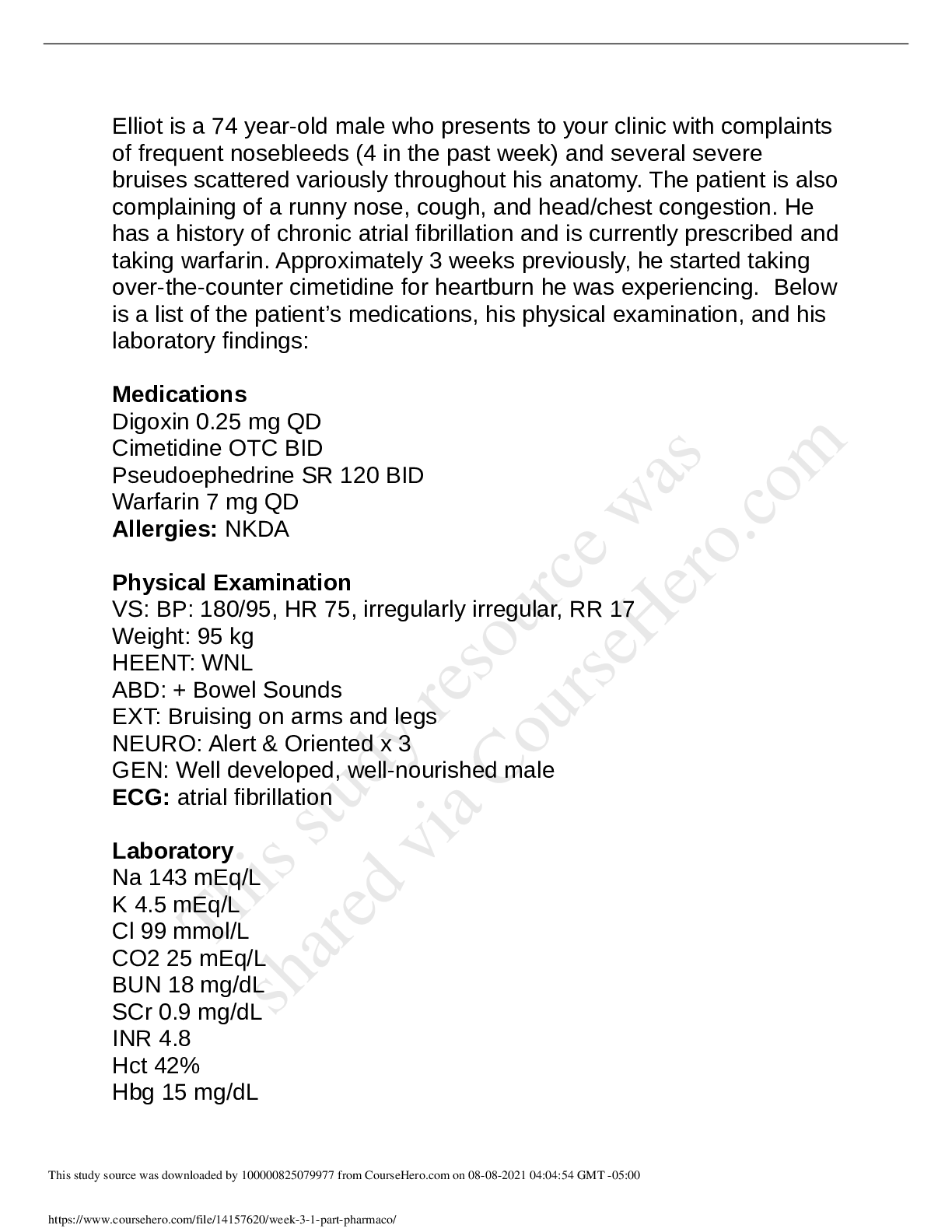

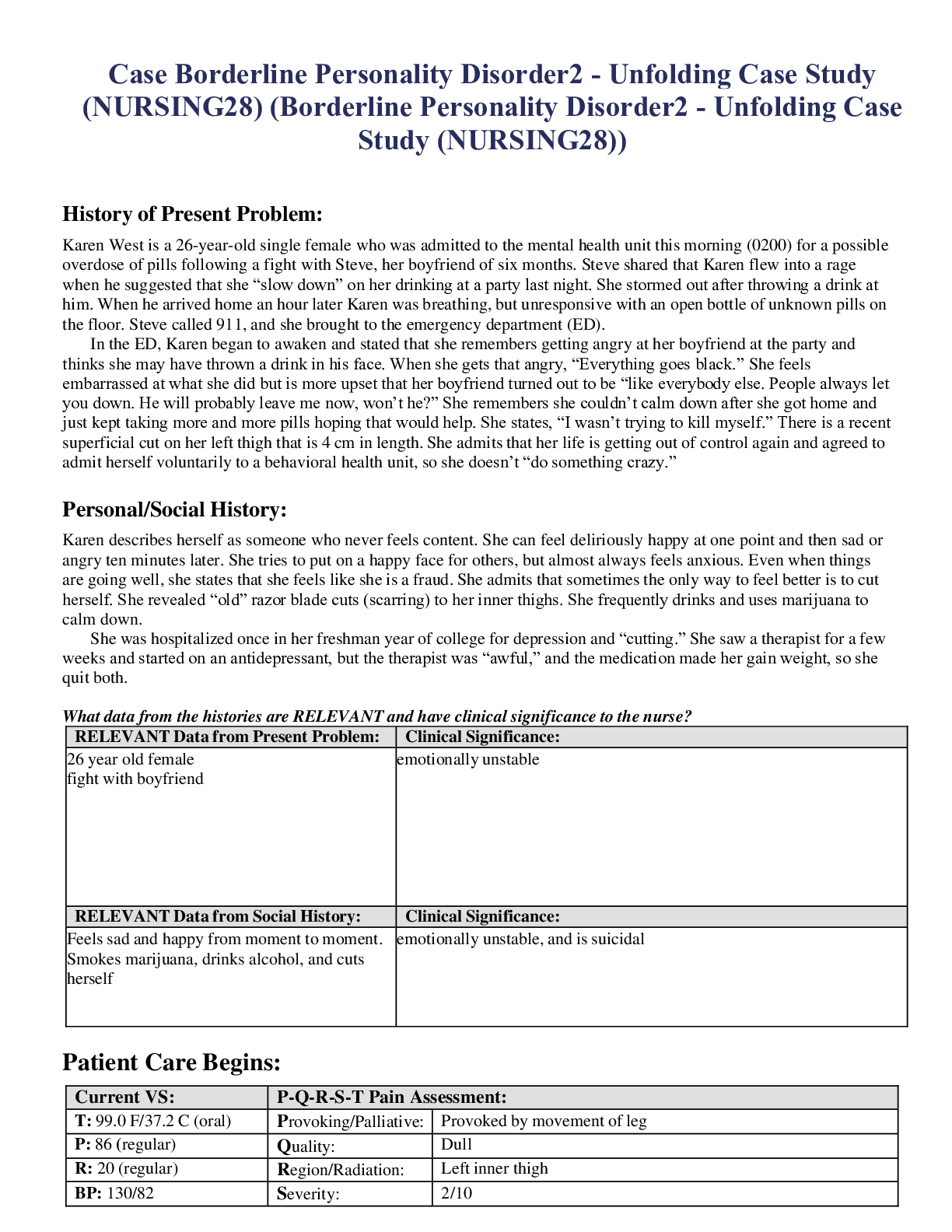



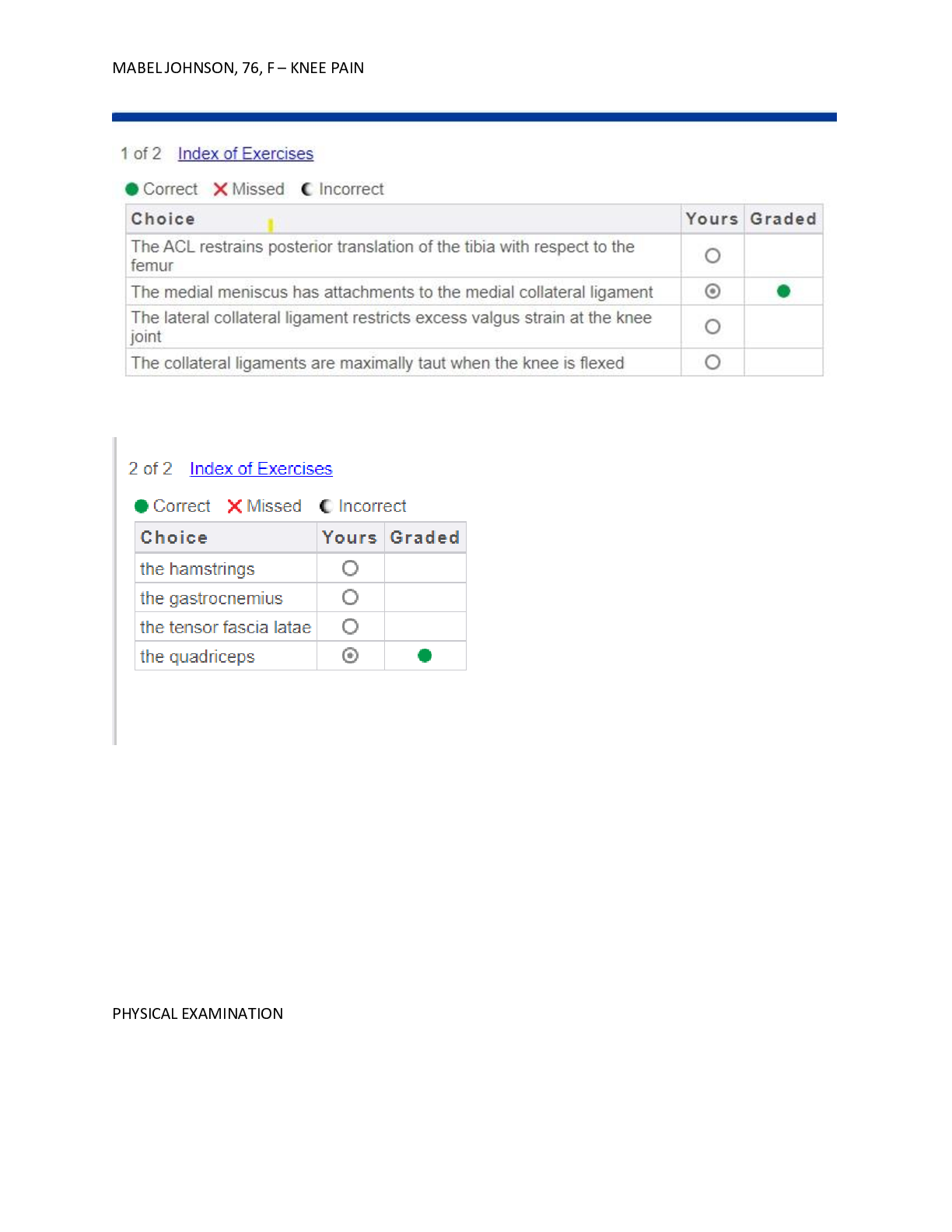
.png)
